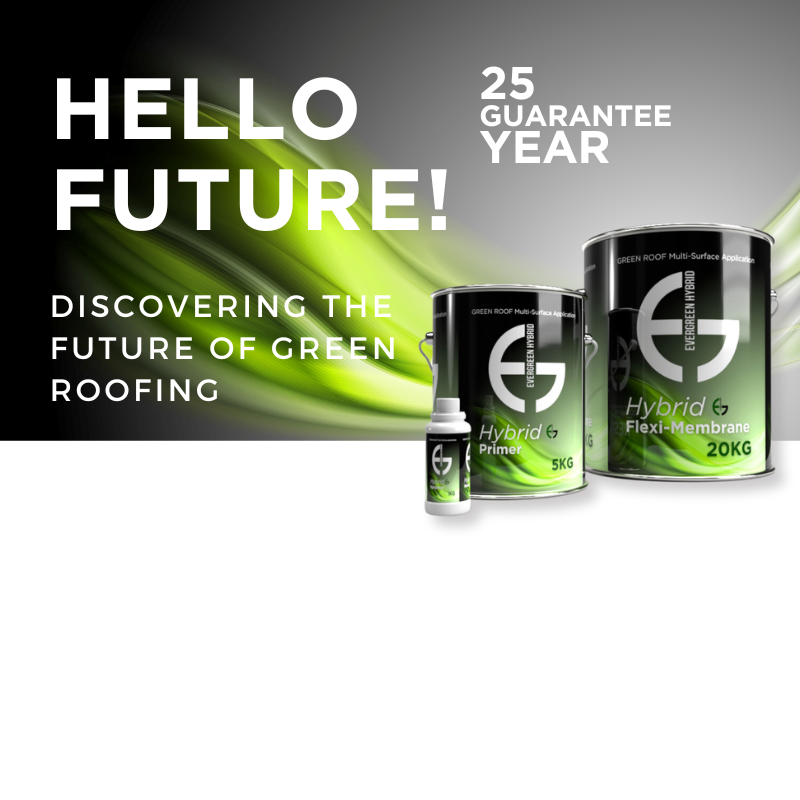Sky Garden Green Roof System

Sky gardens, also known as rooftop gardens or green roofs, are elevated green spaces created on the rooftops of buildings. These gardens are designed to provide a variety of environmental, social, and aesthetic benefits. Here are some key aspects of sky gardens:
-
Environmental Benefits:
- Temperature Regulation: Sky gardens help regulate temperatures by providing insulation, reducing the heat island effect in urban areas.
- Air Quality Improvement: Plants absorb pollutants and release oxygen, contributing to improved air quality.
- Stormwater Management: Green roofs absorb rainwater, reducing runoff and helping to manage stormwater.
-
Aesthetic Appeal:
- Visual Enhancement: Sky gardens enhance the visual appeal of urban landscapes, adding greenery to often concrete-dominated environments.
- Recreational Spaces: Some sky gardens are designed for recreational purposes, providing a tranquil and green escape for building occupants.
-
Energy Efficiency:
- Insulation: Green roofs act as natural insulators, helping to reduce the energy consumption needed for heating and cooling buildings.
- Solar Reflection: Some green roofs can reflect sunlight, reducing the amount of heat absorbed by the building.
-
Biodiversity:
- Habitat Creation: Sky gardens can provide habitats for birds, insects, and other wildlife, contributing to urban biodiversity.
-
Noise Reduction:
- Sound Absorption: Plants on sky gardens can help absorb and reduce noise levels, making the environment more pleasant.
-
Urban Agriculture:
- Growing Spaces: In some cases, sky gardens are designed for urban agriculture, allowing for the cultivation of fruits, vegetables, and herbs.
-
Community Spaces:
- Social Interaction: Sky gardens can serve as communal spaces, fostering social interaction among building occupants.
- Events and Activities: Some sky gardens are designed to host events, gatherings, and other community activities.
-
Architectural Integration:
- Design Integration: Sky gardens are often integrated into the architectural design of buildings, creating a seamless and harmonious connection between nature and infrastructure.
-
Sustainability and Green Building Practices:
- LEED Certification: Sky gardens contribute to sustainable building practices and can contribute to achieving LEED (Leadership in Energy and Environmental Design) certification for a building.
No products found
Use fewer filters or clear all



